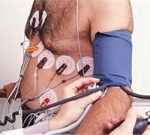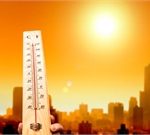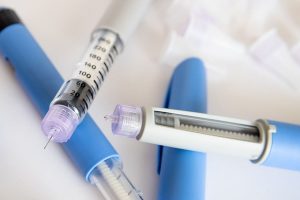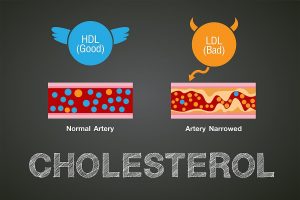
As the World Health Organization cautioned on Monday that using plasma from COVID-19 survivors to treat other patients is still an experimental therapy, American scientists challenged a key statistic cited by U.S. officials as grounds for emergency approval of the treatment. In announcing the approval on Sunday, President Donald Trump and two of his top health officials spoke of the same stunning statistic — that the treatment had reduced deaths by 35 percent, the New York Times reported. Dr. Stephen Hahn, the commissioner of the Food and Drug Administration, went so far as to say that 35 out of 100 COVID-19 patients “would have been saved because of the administration of plasma.” But many scientists, including a researcher on the Mayo Clinic study from which the statistic was supposedly gleaned, said Monday they could not ascertain where the number came from and that Hahn had appeared to overstate the treatment’s benefits, the Times reported. “Do I know where the 35 percent comes from?” said Dr. Arturo Casadevall, one of the May Clinic study’s main authors who hails from Johns Hopkins University in Baltimore. “No.” The actual data from the Mayo Clinic study shows that, among a group of more than 35,000 patients, when plasma was given within three day of diagnosis, the death rate was about 22 percent, compared with 27 percent when it was… read on >























-300x200.jpg)













